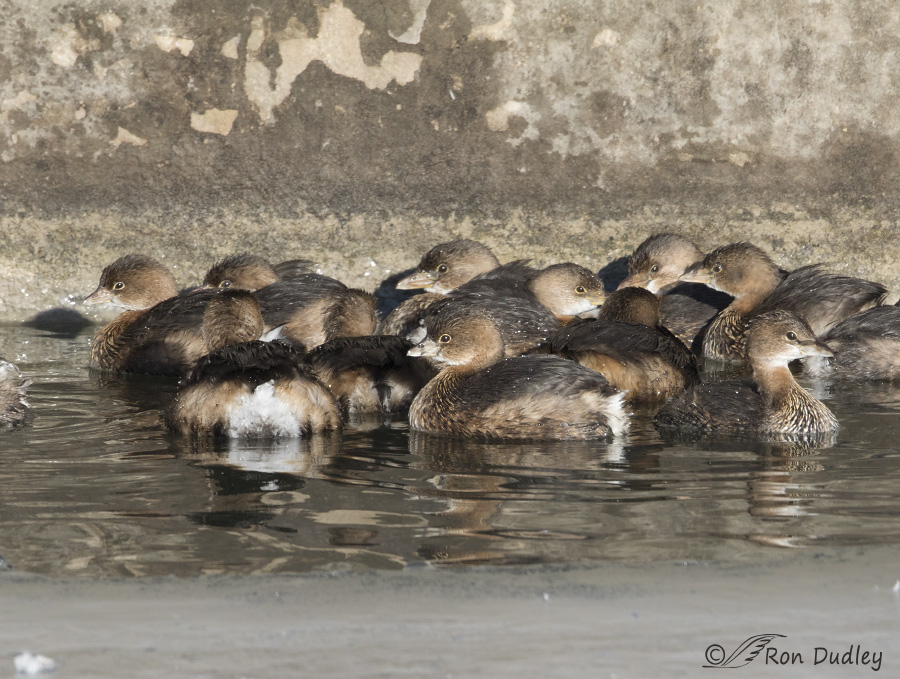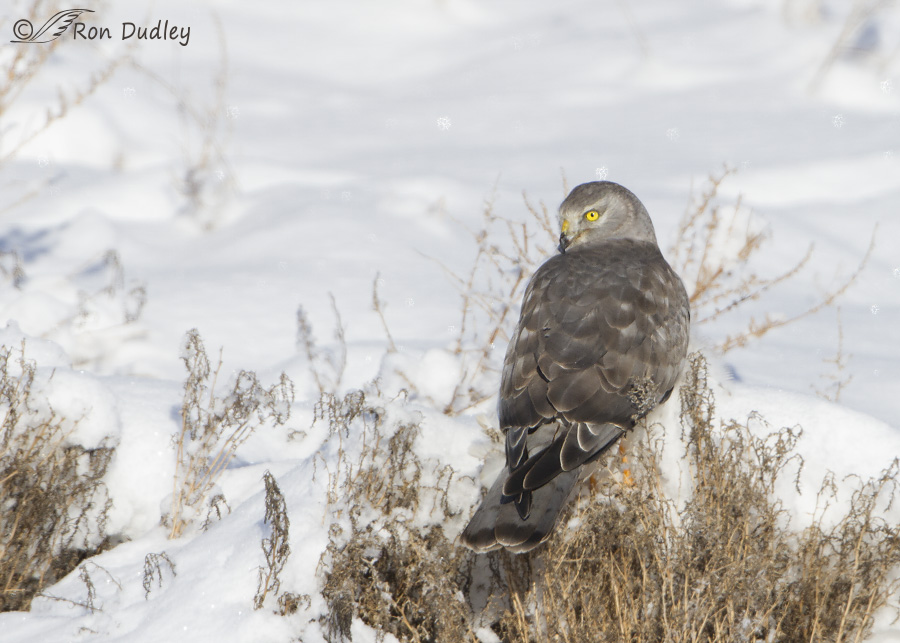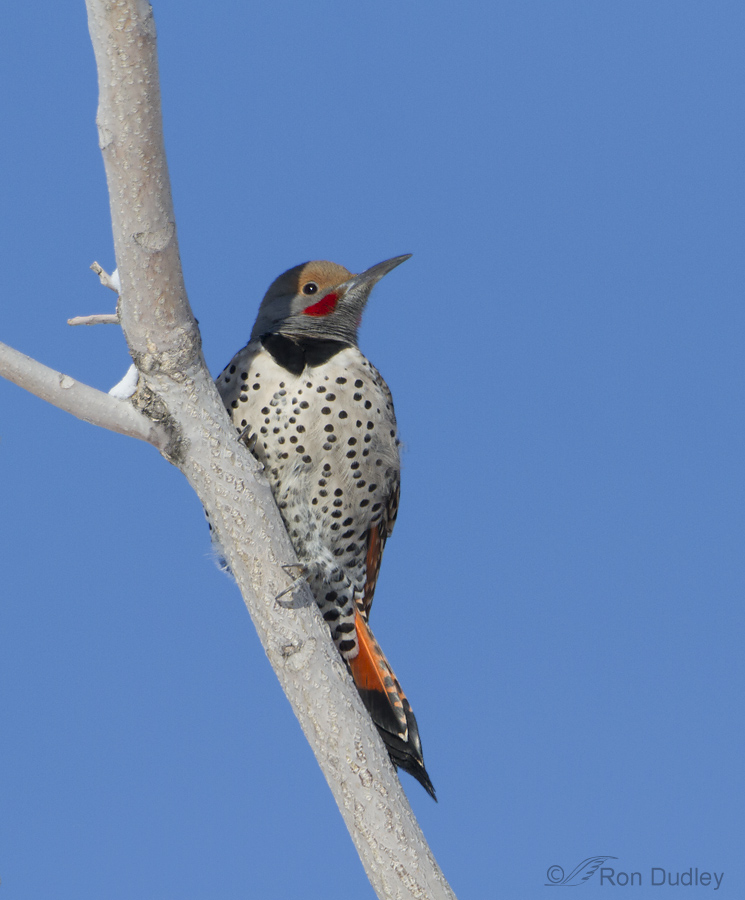Tag: cold
Two Years Ago Today – Damn, It Was Cold!
A Two Woodpecker Day And The Temptations Of The Clone Tool
Great Blue Herons On Snow and Ice
Christmas Morning at Bear River Migratory Bird Refuge was nothing short of spectacular. We had great light, wonderfully clear blue skies and lots of birds. And it was cold – as low as 6 degrees F. Perfect! On this trip (which included the Promontory Point area) we saw a plethora of raptors – Bald and Golden Eagles, Red-tailed Hawks, Rough-legged Hawks, American Kestrels, Short-eared Owls, a Prairie Falcon and one Barn Owl hunting in daylight because of the cold. And I’ve never seen as many Great Blue Herons in one relatively small area as I did on that morning. Just before I stopped to take this photo there were over 100 of them on the ice of the canal to the right and along the far bank in less than 1/3 mile – which led to a topic of conversation. Mia is from Florida and we discussed how seeing Great Blue Herons on snow and ice seems incongruous to many folks from warmer climates. That conversation was the inspiration for this post. 1/4000, f/6.3, ISO 400, 500 f/4, natural light As is typical for western herons, these birds were difficult to approach (in some areas like Florida one can almost walk up and touch them at times). This juvenile was fishing in a patch of flowing water surrounded by ice and snow. 1/2500, f/6.3, ISO 400, 500 f/4, natural light Then the same bird flew off and then came back to land within a few feet of where it had been fishing – almost like it was…
Getting Close To The American Kestrel
One of the first lessons bird photographers learn (often to their great frustration) is that you must get close to your subject in order to get good detail. Very close. Even if you’re shooting with a long, expensive lens. And getting close usually ain’t easy! Large crops rob detail. I’m of the opinion that cropping away any more than about 50% of the image generally does unacceptable damage to image quality. Some species are relatively easy to approach – around here American Robins, Mourning Doves and House Finches come to mind. Other species have a reputation of being particularly skittish and at the top of that list for many photographers is the American Kestrel – a strikingly beautiful little falcon that is found throughout most of North America. For many years I’ve posted bird images on an internet avian critique forum and whenever I’d post a shot of a kestrel I’d invariably get comments that went something like this: “How in the world did you ever get this close to a kestrel? I always see them perched up high on poles or wires and whenever I even begin to get close they fly away”. Well, here’s the secret – photograph them when it’s cold. Very cold! That means in the depths of winter. It also means in the early mornings on those days when it’s coldest of all. I’ve found that many species of birds are more reluctant to fly in the cold but that tendency seems to be magnified with the kestrel. I’m not sure why but as a photographer I’m more than happy to…
Two Years Ago Today – Damn, It Was Cold!
A Two Woodpecker Day And The Temptations Of The Clone Tool
Great Blue Herons On Snow and Ice
Christmas Morning at Bear River Migratory Bird Refuge was nothing short of spectacular. We had great light, wonderfully clear blue skies and lots of birds. And it was cold – as low as 6 degrees F. Perfect! On this trip (which included the Promontory Point area) we saw a plethora of raptors – Bald and Golden Eagles, Red-tailed Hawks, Rough-legged Hawks, American Kestrels, Short-eared Owls, a Prairie Falcon and one Barn Owl hunting in daylight because of the cold. And I’ve never seen as many Great Blue Herons in one relatively small area as I did on that morning. Just before I stopped to take this photo there were over 100 of them on the ice of the canal to the right and along the far bank in less than 1/3 mile – which led to a topic of conversation. Mia is from Florida and we discussed how seeing Great Blue Herons on snow and ice seems incongruous to many folks from warmer climates. That conversation was the inspiration for this post. 1/4000, f/6.3, ISO 400, 500 f/4, natural light As is typical for western herons, these birds were difficult to approach (in some areas like Florida one can almost walk up and touch them at times). This juvenile was fishing in a patch of flowing water surrounded by ice and snow. 1/2500, f/6.3, ISO 400, 500 f/4, natural light Then the same bird flew off and then came back to land within a few feet of where it had been fishing – almost like it was…
Getting Close To The American Kestrel
One of the first lessons bird photographers learn (often to their great frustration) is that you must get close to your subject in order to get good detail. Very close. Even if you’re shooting with a long, expensive lens. And getting close usually ain’t easy! Large crops rob detail. I’m of the opinion that cropping away any more than about 50% of the image generally does unacceptable damage to image quality. Some species are relatively easy to approach – around here American Robins, Mourning Doves and House Finches come to mind. Other species have a reputation of being particularly skittish and at the top of that list for many photographers is the American Kestrel – a strikingly beautiful little falcon that is found throughout most of North America. For many years I’ve posted bird images on an internet avian critique forum and whenever I’d post a shot of a kestrel I’d invariably get comments that went something like this: “How in the world did you ever get this close to a kestrel? I always see them perched up high on poles or wires and whenever I even begin to get close they fly away”. Well, here’s the secret – photograph them when it’s cold. Very cold! That means in the depths of winter. It also means in the early mornings on those days when it’s coldest of all. I’ve found that many species of birds are more reluctant to fly in the cold but that tendency seems to be magnified with the kestrel. I’m not sure why but as a photographer I’m more than happy to…




